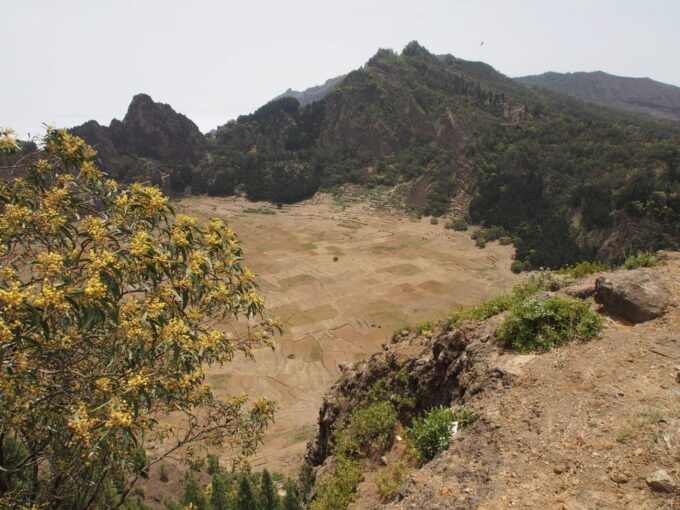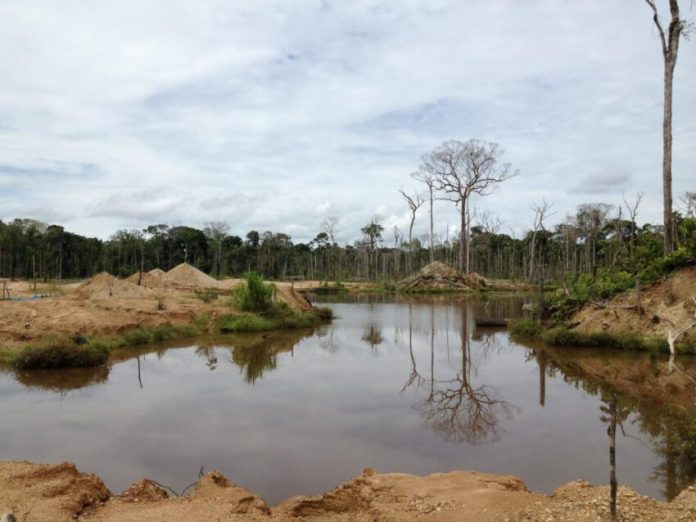Loving gold jewelry right now? There’s a fair probability they got here from the unlawful mining operation in the Amazon and surfaced solely after deforestation.
Gold is considered a treasured metal. Due to its current high price, gold mining in tropical areas has increased recently (Alvarez-Berríos et al., 2015). The high price also prompted many workers, as many as 16 million engage in excavation—most of which are poor.
Deforestation Rose by 100,000 Acres During the Study Period
To extract gold, the forest must be removed first and then dig the soil. The entire process is causing intensive damage to the environment. Knowing the fact, most experts think the mining can’t be stopped, better regulated by adopting a formal policy.
A group of scientists at the University of Wisconsin-Madison investigated mining-related deforestation in a biodiverse and ecologically sensitive area of the Peruvian Amazon. Their study aimed to investigate if legalizing the mining operations might curb a few of the adverse effects related to the deforestation.
The study, published June 2 in the journal Environmental Research Letters (Álvarez-Berríos et al., 2021), focused on an area across the Tambopata National Reserve in Peru from 2001 to 2014.
Throughout this period, demand for gold rose, roads penetrated the area, and mining surged. In turn, mining-related deforestation rose by nearly 100,000 acres over their study period
Noncompliance, Regulatory Failure Detected
In many countries, gold mining is not regulated, and hundreds of thousands of individuals are involved in mining across the tropics. Thus, the standard first step to reducing the environmental impact of mining is bringing it under governmental oversight, legalizing the activity.
The research group noticed that Peruvian authorities, like authorities in different gold-rush sites, have given up on trying to stop gold mining. Instead, they’re trying to restrict it and contain it.
Throughout their study period, local agencies issued temporary permits to miners to start their work safely. After receiving the permit, miners would, in principle, undergo a series of environmental impact and compliance assessments before they could begin the work.

However, the regulation process took a very long time. As a result, many miners merely took their temporary permit as a green signal to start mining and by no means went through with the environmental impact assessments.
Over their research period, no mining operations made it through the complete compliance process. Also, the team found little evidence for improved environmental outcomes in the approved mining areas.
To evaluate environmental outcomes, the team used satellite imagery analysis to see how much of the forest had been cut down compared to areas without formalized mining laws.
Legalizing mining can lower environmental damage. But, it needs enforcement and regulations that match the local context. Legalizing without environmental impact evaluation may encourage more damage to the forest, which would expand the damage.
The team plans to return to Tambopata to present the research outcomes to local authorities. In addition, the three co-authors hope their research will set a precedent for monitoring legalization interventions in Tambopata and other tropical areas losing greenery to mining.




















